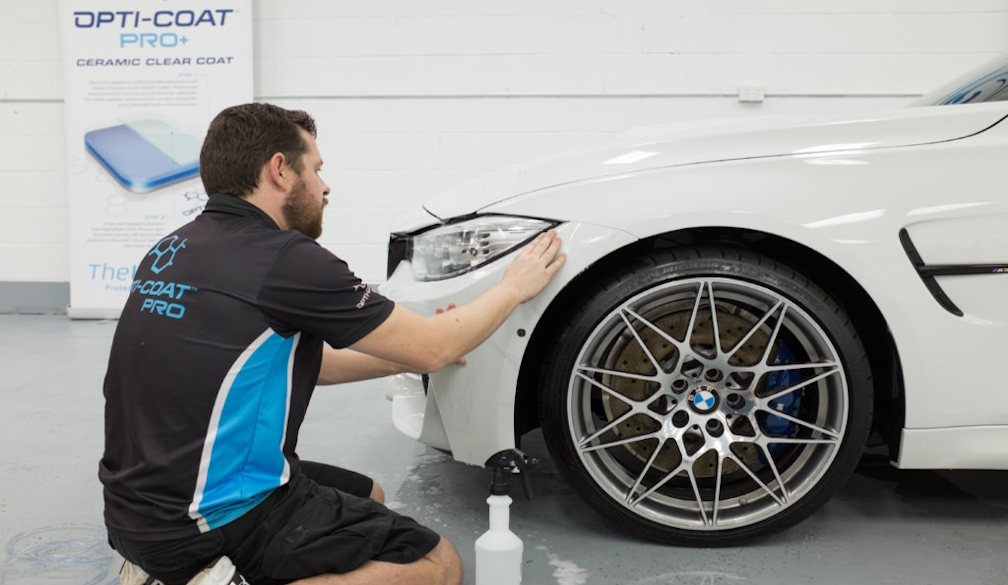Cheaper cigarettes, roll-your-own tobacco slows smoking's downward spiral
- Written by Simon Chapman, Emeritus Professor in Public Health, University of Sydney
 While smoking in young Australians is declining, roll-your-own cigarettes are becoming more popular.from www.shutterstock.com
While smoking in young Australians is declining, roll-your-own cigarettes are becoming more popular.from www.shutterstock.comYesterday morning, Australia’s tobacco industry woke to the latest chapter in the book documenting its inexorable decline.
The Australian Institute of Health and Welfare released data from its 2016 National Drug Strategy Household Survey, which it has conducted every three years since 1985.
While it was always going to be hard to show even further decline in teenage smoking from what was an already very low level, it’s happened again.
The proportion of teenagers (aged 12-17) who have never smoked more than 100 cigarettes significantly increased between 2013 and 2016, from 95% to 98%. Smoking more than 100 cigarettes in a lifetime has long been used in Australia as a benchmark question to sort curious, experimental smokers from more committed and addicted smokers.
Younger people also continued to delay when they first smoked their first full cigarette. This increased in the 14 to 24-year-olds from 14.2 years in 1995 to 16.3 in 2016 (a statistically significant increase from 15.9 years in 2013).
Catch ‘em young
The tobacco industry knows it needs to attract and addict new consumers to replace those who stop smoking through quitting and death. As a 1981 report sent to the then vice-president of research and development at Philip Morris put it:
Younger adult smokers are the only source of replacement smokers … If younger adults turn away from smoking, the industry must decline, just as a population which does not give birth will eventually dwindle.
Australia’s plain packaging legislation, implemented in December 2012, was aimed at reducing teenage Australians taking up smoking. As the health minister who introduced it, Nicola Roxon emphasised in April 2010 when announcing the policy:
We’re targeting people who have not yet started, and that’s the key to this plain packaging announcement – to make sure we make it less attractive for people to experiment with tobacco in the first place.
As Australian young people have turned away from smoking, the tobacco industry is left scrambling for new ways to addict young customers to nicotine.
Total smoking levels remain level
The proportion of people of all ages who smoke was also not good news for the tobacco industry.
The percentage of people aged 14 and over who smoke daily is down from 12.8% in 2013 to 12.2% in 2016. While any decline is welcome, this was less than it should have been, and the first time in two decades that a statistically significant fall was not recorded.
There are several factors likely to be responsible for the previously brake-less downward slide in smoking.
Long-time campaigners Mike Daube and Todd Harper have set out nine strategies the Australian tobacco industry has used so it can keep earning from the deaths of two in three Australian smokers likely to die from using their products.
Two critical factors here are price discounting and the dramatic rise of roll-your-own tobacco.
How price discounting works
Plain packaging means brand differentiation is gone as all packs look the same, except for the written brand name. So, the ability of branding to convince gullible smokers that premium (expensive) brands are somehow “better” and worth spending more on than cheaper, budget brands goes out the window.
After plain packaging was introduced, there was an industry-wide decision to cut prices to compete with lower priced brands for market share. There were large tobacco tax rises in the run-up to plain packs being introduced (25% in 2010) and a further 12.5% each year from 2013 to 2016.
Again, the tobacco companies cut their margins by desperately trying to keep some brands below A$20 a pack, a price known to trigger quitting.
These practices may see renewed interest in floor pricing of tobacco products, when a price is set below which a product cannot be sold.
Rise in roll-your-own tobacco
Tobacco companies have also aggressively pushed cheaper roll-your-own tobacco by introducing loose tobacco with cigarette brand names. The tax in roll-your-own tobacco will rise from September 2017, which may see a further round of price discounting to try and stop people quitting.
The use of roll-your-own cigarettes has gone from 26% of smokers in 2007, to 33% in 2013 and to 36% in 2016. Lower price is one factor driving this, but so too are the quite erroneous beliefs that roll-your-own tobacco somehow contains fewer additives and is less harmful, an issue I will explore in my next column.
The increase in roll-your-own cigarettes since 2007 has been largest among smokers aged under 40 (increase of 82% for young adults and 70% for smokers in their 30s between 2007 and 2016). Between 2013 and 2016 roll-your-own use in smokers in their 30s jumped from 29% to 37%.
National campaign wheels fallen off
Sustained and adequately funded mass media campaigns are a vital component of strategies health authorities recommended to change health behaviours, like smoking.
And with smoking, one of the most obvious pieces of evidence comes from ex-smokers about why they stopped smoking. There are light-years between the answer that has always been given (concern about health) and everything else (cost, social unacceptability, pregnancy etc).
In this study of smokers in 20 US communities, 91.6% of ex-smokers nominated “concern for your own current or future health” as why they quit compared with 46.5% who nominated “pressure from family, friends or co-workers”.
Without large scale, on-going campaigns that reach large proportions of the population with unforgettable, motivating information about why smoking is so harmful, the core driver of quitting and not starting smoking may wane.
Regrettably, Australia’s world famous national tobacco campaign that started in 1997 and has been used by many other countries, has been mothballed since 2013 when the Coalition government took office.
Smokers still get sporadic small bursts of quit smoking ads on television in some states from state health departments. But they are not getting a fraction of the highly motivating exposures that were a big part of our earlier rapid declines. This absence is almost certainly a major factor explaining the slow down in people quitting smoking.
E-cigarettes
The latest stats show that while around 31% of smokers (ie 3.8% of the 14+ population) had ever tried e-cigarettes, 20% seemed to have done so out of curiosity (once or twice) with only 4.4% currently using them (the remaining 6.8% no longer use them). Just 1.5% of smokers were using e-cigarettes daily (0.8% of ex-smokers and 0.2% of never smokers).
There’s no evidence from these very small numbers that e-cigarette use is contributing to falling smoking in Australia.
Many are concerned that the tobacco industry (which has bought into vapourisers big time) has a business plan to have smokers vape and smoke, not vape instead of smoking. If that plays out, increases in vaping may in fact act to further slow people from quitting smoking. The next few years will provide important information on this important issue.
Authors: Simon Chapman, Emeritus Professor in Public Health, University of Sydney





